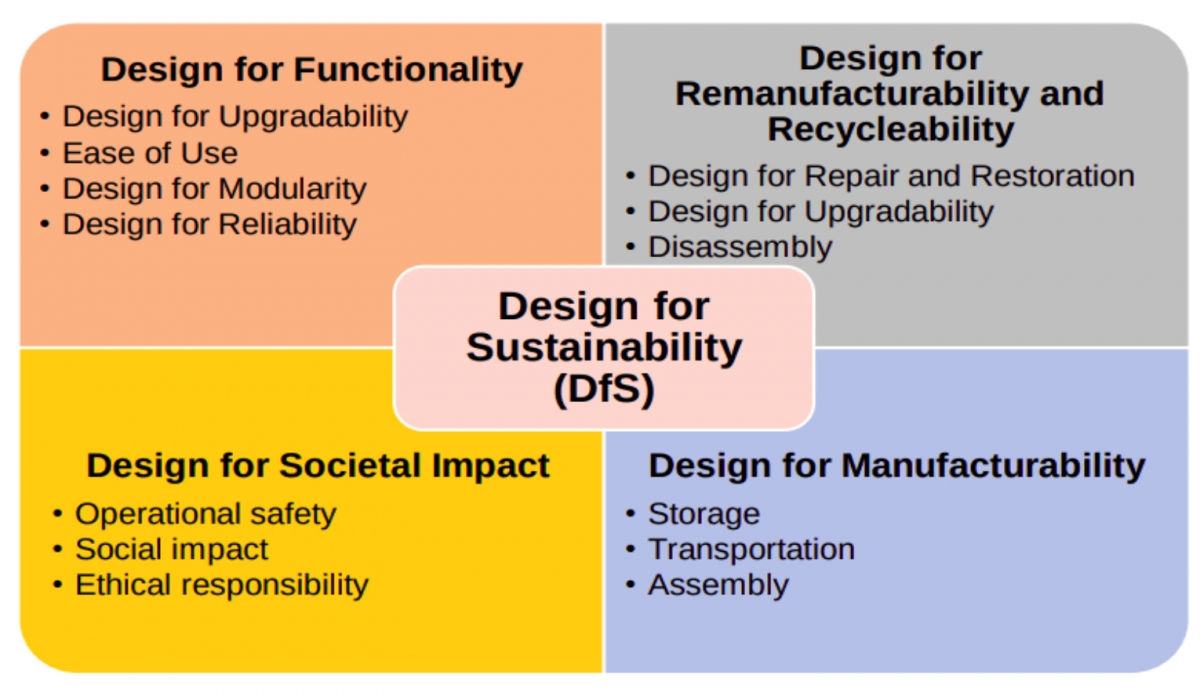PRODUCT SUSTAINABILITY THROUGH DESIGN STRATEGIES | by Mechanical Engineering
Date: May 04, 2022 |Published by: MIU | Category: News
Effective recovery of end-of-life product is necessary to reduce their impact to the environment. The inclusion of “green design” thinking in the design process is vital to promote the circular economy and sustainability of the product. Design strategies could facilitate this initiative by introducing various ‘X-factors’ in the design, namely as Design for X. Design for X is one of the powerful approaches that aimed to achieve a targeted objective at the design stage. The Design for Sustainability (DfS) is one of the major approaches that focusing on the lifecycle of product. For instance, Design for Upgradability (DfU) is a strategy at the product design stage capable of extending a product’s lifetime and thus, able to enhance the recovery potential of a product through remanufacturing. Design for Repair and Restoration, other approach that focusing on repair and restoration works by examining possible failures and damages that will be experienced by the products, hence possible action can be taken to solve the problems.

Example of ‘X-factors’ under Design for Sustainability Strategies
Moving forward, it is crucial to gain the strong supports and create awareness among the users to have the same sustainability thinking towards the products. It will smoothen the loop in the circular economy, hence, leads to the safer and cleaner environmental in the future.
